Laravel Vs Drupal – Key features and Differences
Laravel vs Drupal? In the cold war between these two PHP frameworks, the confusion among developers and individuals keep rising. They are unable to decide which is better for their project that can scale their business. Especially, when it comes to making the most of an application or website that you use daily, making a wise decision would become a necessity. If you are unable to choose which one is perfect for your website or app, then don’t get worried. We understand your pain and thus come up with this beautiful topic so that you can know each and everything related to these two robust PHP frameworks. In short, we’ll uncover the basic differences between them, key features of both of them, their popularity, demand and everything, which is essential for you. So, take a deep breath and let’s dive deeper into Laravel and Drupal.
Laravel Vs Drupal: Beyond to Infinity
Laravel: Overview
Laravel is a free and open-source PHP web framework, which was created for the development of web applications following the model-view-controller (MVC) architectural pattern, based on Symfony.
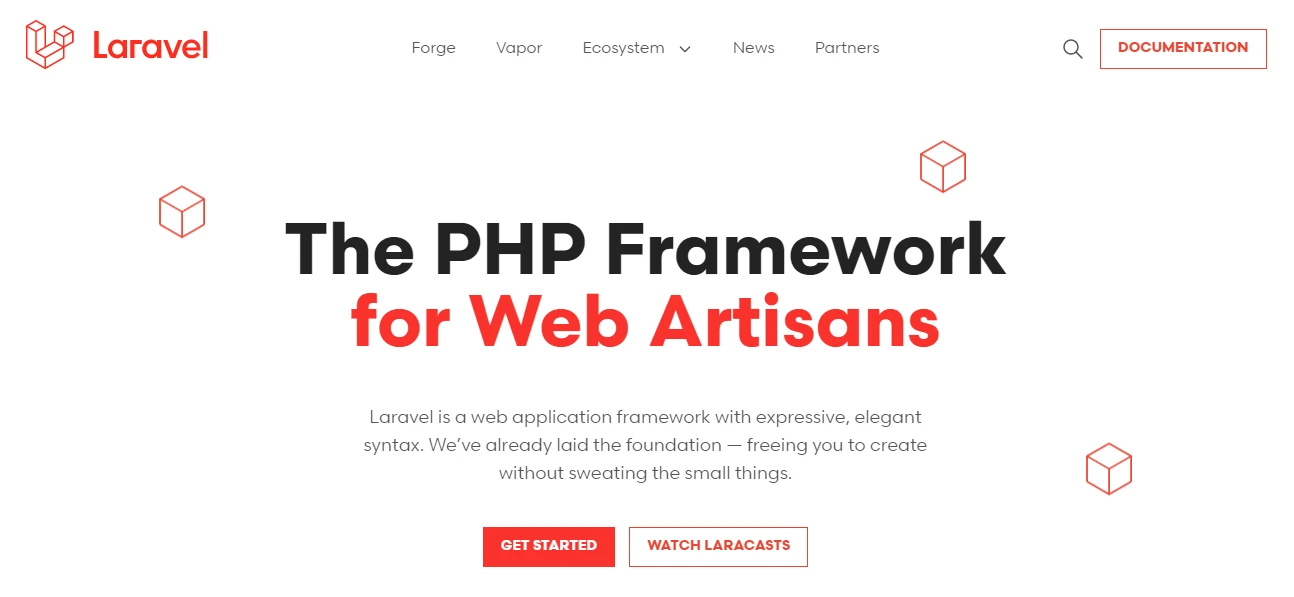
If we look back at history, Laravel was created by Taylor Otwell. He created Laravel as an attempt to provide a more advanced alternative to the CodeIgniter framework, which was not perfect to provide features such as built-in support for user authentication and authorization. If we talk about Laravel’s first release, it was the beta release that was made available on June 9, 2011, followed by the Laravel 1 release later in the same month. Laravel 1 was considered the best option for websites or applications as it consisted of built-in support for authentication, localization, models, views, sessions, routing, and many other mechanisms.
Above all, one thing that you may probably didn’t know is that it lacked support for controllers which prevented it from being a true MVC framework.
Versions of Laravel
After the successful release of Laravel 1, Laravel 2 comes into the picture. It was released in September 2011. This version is basically known to bring tons of improvements from the author and community. If we talk about the major new features or modifications, then it is the support for controllers, which made Laravel 2 a fully MVC-compliant framework. Apart from it, built-in support for the inversion of control (IoC) principle, and a templating system called Blade was also involved. As a downside, support for third-party packages was removed in Laravel 2. Another version, named Laravel 3 was released in February 2012 with a set of new features including the cmd command-line interface (CLI), built-in support for more database management systems, database migrations as a form of version control for database layouts, support for handling events, and a packaging system called Bundles. The great thing here to note is this release increased the popularity of Laravel. Many other releases also came into the picture such as Laravel 4, Laravel 5, Laravel 5.1, 5.3, 5.4, Laravel 6, Laravel 7, Laravel 8.
Ultimate Features of Laravel 4 are As follows.
- Database seeding for the initial population of databases.
- Built-in support for sending different types of emails.
- Support for the message queue.
- Support for delayed deletion of database records (Soft deletion).
Ultimate Features of Laravel 5 are As follows.
- Support for scheduling periodically executed tasks through a package known as Scheduler
- An abstraction layer (Flysystem) that allows remote storage to be used in the same way as local file systems.
- More simplified externally handled authentication via optional Socialite package.
- Superior handling of package assets through Elixir.
- New internal directory tree structure for developed applications.
- Also introduced a new version 5.1.
The Ultimate feature of Laravel 5.1 is as follows.
- Long-term-support
The Ultimate Features of Laravel 6 are as follows.
- It shifts blueprint code generation
- It introduces semantic versioning and compatibility with Laravel Vapor.
- Improved authorization responses.
- Better job middleware, lazy collections, and sub-query improvements.
- The frontend scaffolding was successfully removed from the main package and moved into the Laravel/UI package.
The Ultimate Features of Laravel 7 are as Follows.
- Laravel Sanctum
- Custom Eloquent Casts
- Fluent String Operations
- Blade Component Tags
- Route Model Binding Improvements
The Ultimate Features of Laravel 8 are as Follows.
- Laravel Jetstream
- Model factory classes
- Migration squashing
- Tailwind CSS for pagination views and other usability improvements
Want to use Laravel? Required knowledge and tools
- PHP: intermediate knowledge
- HTML and CSS basic knowledge
- Good code editor (IDE)
- A browser, i.e. Firefox
Want to build revolutionary next-gen products? Hire Laravel developers today!
Drupal: Overview
Drupal is a free and open-source web content management framework (CMF), which is written in PHP and distributed under the GNU General Public License. It has provided a back-end framework for at least 13% of the top 10,000 websites worldwide that includes personal blogs to corporate, political to government sites and much more.
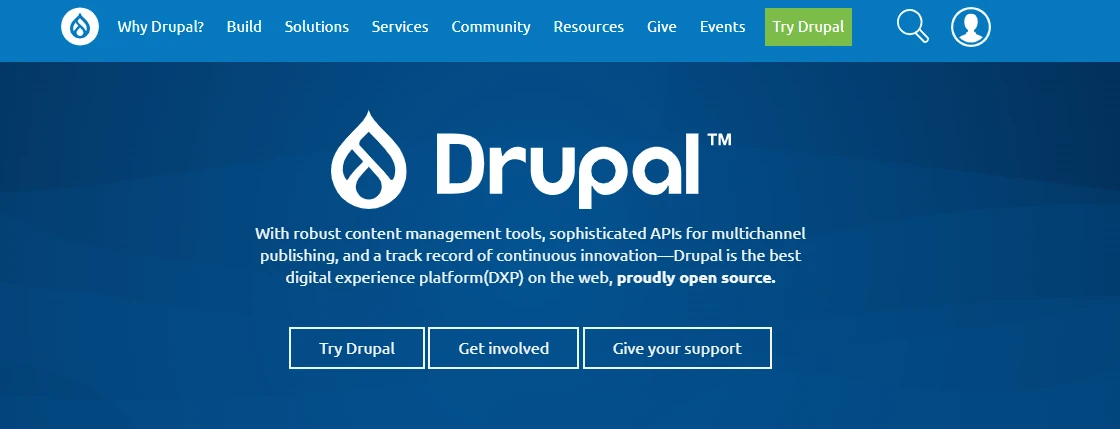
If we look back at history, Drupal was written by Dries Buytaert as a message board in 2001 and now it has become an ultimate open source project. You would be pleased to hear that the standard release of Drupal is called Drupal core, which contains various features from basic to common and common to content-management systems. Usually, the feature includes user account registration and maintenance, menu management, RSS feeds, page layout customization, taxonomy, and system administration. One more thing that you must know is the Drupal core installation can serve as a simple website, a single or multi-user blog, and an Internet forum, known to provide user-generated content. Did you know that Drupal also describes itself as a Web application framework? What’s more? Drupal offers a sophisticated API for developers for Website or app installation and administration, without requiring any programming skills. It smoothly runs on any computing platform that supports both a web server capable of running PHP and a database to store content and configuration.
Versions of Drupal
Ultimate features of Drupal 8
- New theme engine
- More HTML 5 power
- Multilingual ready
- Easy authoring
- Web services built-in
- Fields Galore
- Javascript automated testing
- Manage configuration easily
- Quick edits
Ultimate features of Drupal 8.0.0
- Multiple improvements and bug fixes
- CKEditor
- WYSIWYG enhancements
- Added APIs
Ultimate features of Drupal 9
- New versions of Symphony and Twig
- Eliminate all deprecated code in Drupal 8.
- Reduce third party dependencies
- Claro will be the default administrator theme
- Workplace module get implemented
- CKeditor 5 will be implemented
Ultimate features of Drupal 10
- CKEditor
- Automated updates
- Symphony
- jQuery UI
- Beginner-friendly experience
Want to use Drupal? Required knowledge and tools.
- It requires no programming skills.
Laravel & Drupal – Comparison
If you are unable to choose which one is an iconic choice for your next project, then this comparison is worth knowing.

Laravel: Features
Laravel has multiple benefits. The list is endless. Let’s discuss some of the best and vital for you.
Fast routing
Simple and fast routing is the first and most important feature of Laravel. All Laravel routes are defined in your route file, which is located in the route directory. The best thing here is all these files are loaded by the firework. You don’t have to do anything manually.
Excellent background job processing
Another one of the most fantastic features of Laravel is its queue offers a unified API across many different queue backends that enable you to defer the processing of time-consuming tasks. As a result, it boosts the speed of requests to your web application.
Awesome event broadcasting
Laravel is just superb to WebSocket a connection. It makes it super easy to broadcast an event over a WebSocket connection. Not just it, broadcasting a Laravel event also enables you to share the same event name between your server-side code and client-side javascript application.
Intuitive database ORM
The Eloquent ORM involved with Laravel renders a beautiful and simplistic ActiveRecord implementation for working with your database.
Easy database-agnostic schema migrations
In Laravel, you can easily migrate and pair schema builders to build your application’s database schema.
Multiple backends for session & cache storage
Another exciting feature you must love is Laravel ships with various session backends that you can easily access through an intuitive and unified API. The best part is you can further use it in various caching backends.
Powerful dependency injection container
Last but not least! This feature will surely help you choose Laravel for your next project. It is Laravel’s robust dependency injection container. This powerful tool will not just allow you to manage class dependencies but also allow you to perform dependency injection.
Drupal: Features
Drupal is a fully-featured content management system that is an ideal choice for developing web applications or websites. It has multiple key features. Let’s explore some of the best features.
Database and web server independent
It truly doesn’t matter what’s the standard configuration of using Drupal, the best thing about Drupal is it is database and web server independent. Though its database configuration is Linux, Apache and MySQL or PostgreSQL, it can also run on IIS, Microsoft SQL Server, Mac OS X, and BSD, if you wish to run it.
Multiple content types
Another beautiful feature of Drupal is it offers complete flexibility over defining multiple content types. It means you can define articles, new stories, and blog posts. What’s more interesting here is that drupal also allows you to allow and disallow user comments associated with the content functionality.
Flexible menu structure and taxonomy
Another handy feature of drupal is its taxonomy module that provides endless customization over the categories a content type is associated with. What’s more interesting here is that the flexibility also makes the traditional CMS “Section> Category> Article” paradigm obsolete if you need complex ways to categorize your content. Moreover, you can also keep things as simple as you want them to be.
Best-in-class device-specific display
Using Drupal, you also don’t have to worry about the specific display. If your site needs to be optimized for mobile, desktop, or other devices, Drupa automatically detects the browser and serves the display theme required.
Highly tuned SEO
SEO is a very essential aspect for any website to boost its ranking on Google. The benefit of using Drupa is its website will be tuned for search engines through the provision of natural language URLs, permanent links to content, customizable metatags & descriptions and an automatically created XML sitemap. So, you don’t have to get worried about the SEO part while using Drupa. Everything will be done in just a few clicks.
Real-time tracking & stats
You may be pleased to hear that you also don’t have to generate any real-time stats to track the performance of your site. Drupal contains its own user tracking and statistics. The best thing is you can also integrate with third-party reporting tools such as Google Analytics without any limitations.
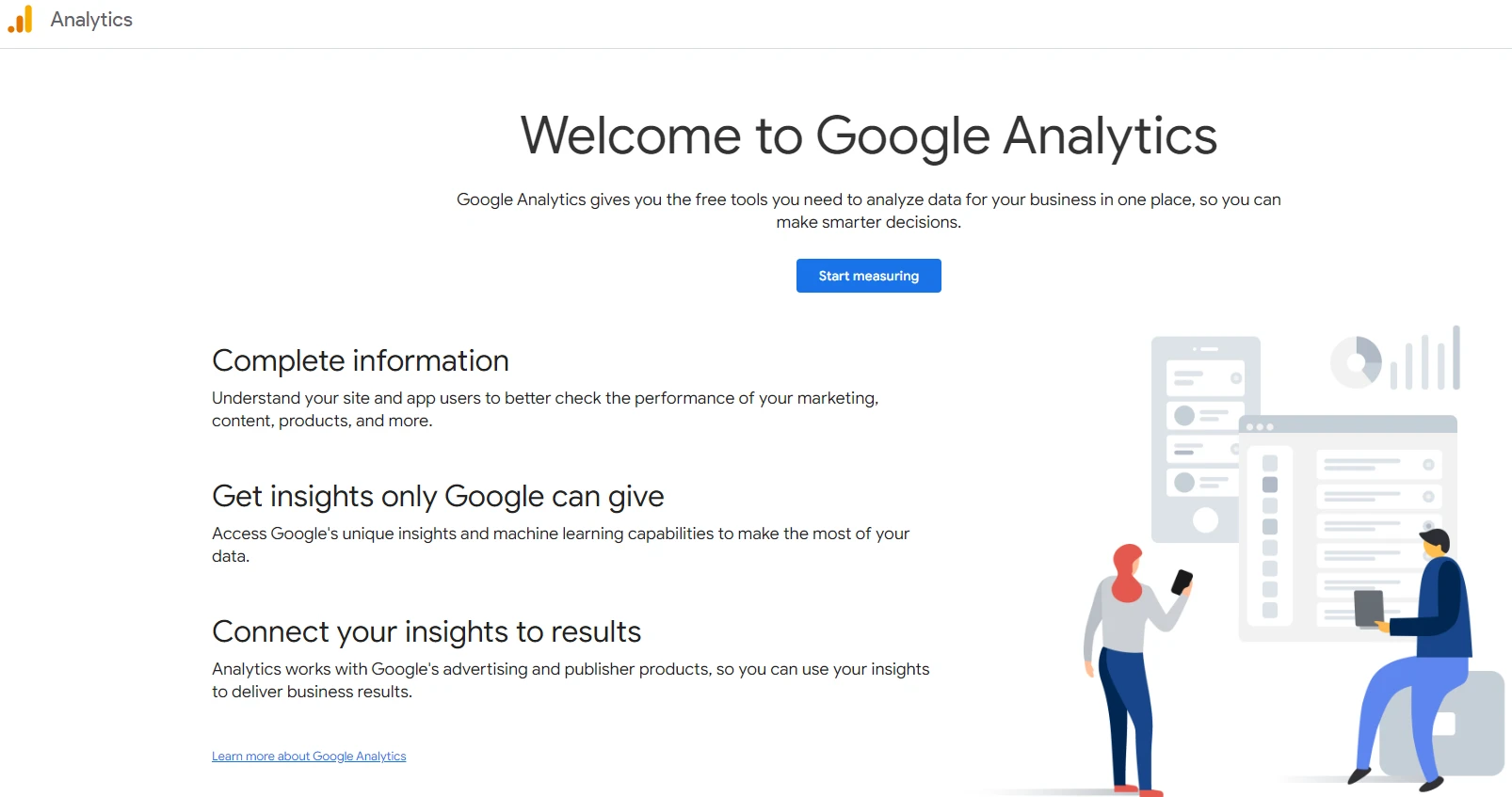
Inbuilt search
Drupal has its own internal search engine that provides either standard or advanced modes of searching. By default, it helps you search with standard, advanced or any type of customized search. If you love Google and want to continue with its usage as your Drupal website search engine, then it’s not a big deal to implement. By installing Drupal’s simple module, you can enjoy this feature.
Contributed modules
If in case Drupal core doesn’t facilitate what you want to do, a number of free contributed Drupal modules are available that you can use to do what you need.
WYSIWYG Content Editing
For content editing, Drupal offers a comprehensive suite of modules that offer varying levels of WYSIWYG editing control, which truly depends upon the complexity of your editing requirements. So, you don’t have to panic if you stumble upon your content editing. Drupal is just perfect to resolve this issue.
Robust online community
Drupal has a vast online community. You can install it with forums, commenting, polls, blogging, and rich user profiles. Not just this, a range of modules and custom development can also facilitate an imaginable form of user-generated content on par with the Facebook, YouTubes, and Flickrs of the world.
Laravel Vs Drupal – What’s new in both?
New in Laravel: Laravel Jetstream
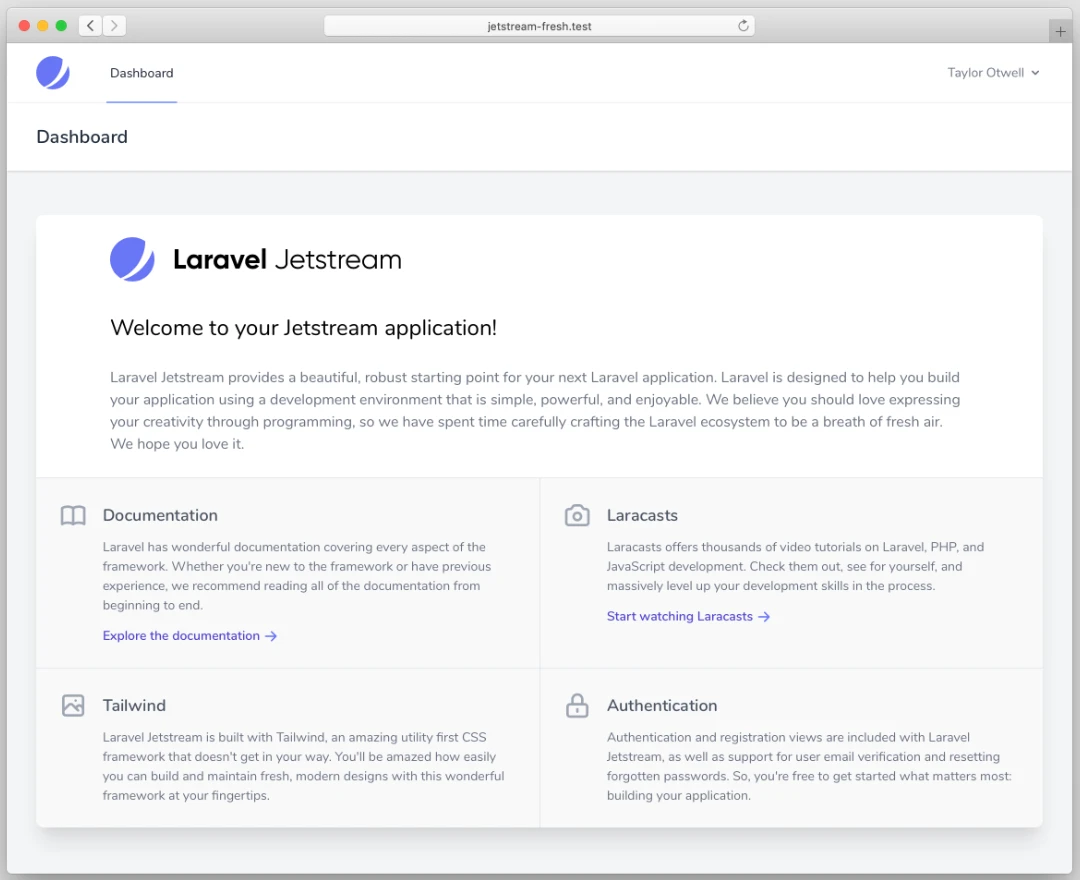
Laravel Jetstream is the new yet beautifully designed Laravel application scaffolding, which was released with the new version of Laravel. It provides a wonderful starting point for your Laravel app with the following built-in features:
- Easy login and registration
- Quick password update
- Two-factor authentication (2FA)
- Livewire
- Smooth profile management
- Inertia
- An amazing Laravel Sanctum API support
- Stunningly designed with Tailwind CSS
- Choice of two frontend stacks: Livewire + Blade and Inertia.js + Vue.js
New in Drupal:
Major changes in Drupal 8
- Theming
- Configuration management
- Object-oriented PHP
- Entity field API
- Drupal 8 blocks and content authoring
- Mobile and responsive features
- Enhancing Drupal
- Multilingual, and best practices of site-building.
New compatibilities are added in Drupal 9
- It’s Backward compatible
- Faster and Better Performance
- Cleaner code base
- Headless CMS
- Newer Major Versions of Symfony and Twig
Laravel Vs Drupal – Popularity
As of 2021, Laravel is the 12th most used web framework among software developers worldwide. According to the survey, 10.12% of surveyed software developers reported using Laravel, while 2.39% were using Drupal.
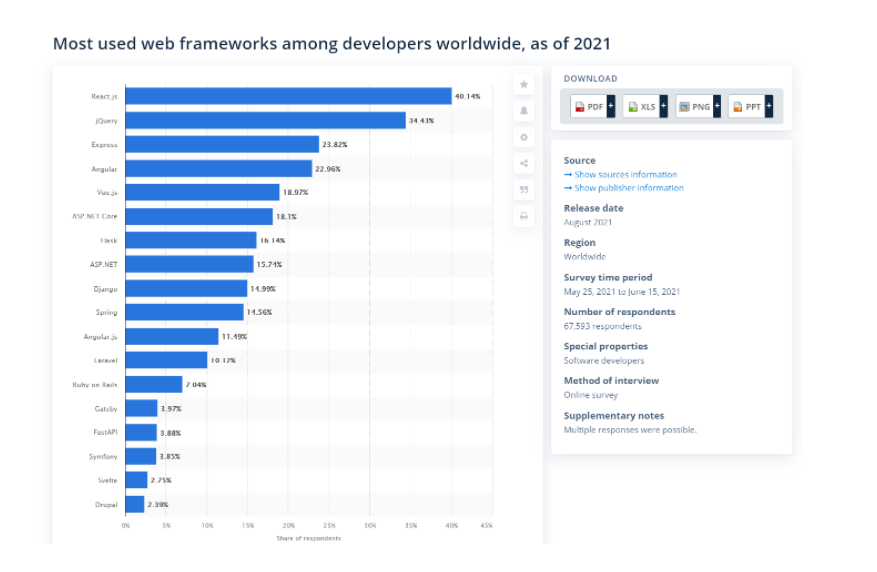
What’s more? Laravel has 66.3K stars and 6510k Commits on Github. However, Drupal has 3.6k stars and 39 553K commits.
Awesome Benefits & Drawbacks of Laravel and Drupal
Benefits of Laravel
Simple authentication & authorization system
Laravel makes the implementation of authentication and authorization quite simple. In short, we can say that it allows everything to be configured out of the box. The best thing is it also provides a simple way to organize authorization logic and control access to resources. That’s what every website wants the most.
Easy integration with tools to make the app faster
Laravel supports stunning cache backends such as Memcached and Redis. By default, it is configured to use the file cache driver that stores cached objects in the file system. For larger apps, it is better to use an in-memory cache, for example, Memcached or APC. To put it plainly, with Laravel it is far more easy or possible to configure multiple cache configurations simultaneously.
Fix the common technical vulnerabilities quickly
Another awesome benefit of using Laravel is it helps to secure the web app by protecting it against serious security risks. It protects your app from SQL injection, cross-site request forgery, and cross-site scripting. The main reason behind all this is that Laravel itself is very secure. In 2021 there is only 1 vulnerability in Laravel with an average score of 5.3 out of ten. Last year i.e.2020, Laravel had 2 security vulnerabilities updated. Right now, Laravel is on the path to having fewer security vulnerabilities. The average CVE base score was greater by 2.20 last year.

Hassle-free automation of testing work
Laravel support for PHPUnit and phpunit.xml testing is just awesome. The reason being it is built with testing in mind. The framework also provides robust helper methods enabling expressive testing of the apps. In short, it offers easy ways for simulating the behavior of users.
Easy URL routing configuration
All routes of Laravel are defined in the app/Http/routes.php file, which is automatically loaded by the framework. The basic routes of the Laravel accept a URI and a Closure, offering a very unique and expressive method of describing routes.
Separation of Presentation Code from Business Logic Code
As we said earlier, Laravel is an MVC framework, so there is no hustle of separation anymore, it is already done.
See the image: the full MVC request cycle in a Laravel 5 application.

Superior error handling
Laravel has an amazing error and exception handling. It is integrated with the Monolog logging library, which offers stunning support for a variety of powerful log handlers.
Message queue system for delay messages configuration
Laravel has a message queue system that provides a unified API across different queue backends. These queues basically allow you to defer the processing of time-consuming tasks.
Hassle-free integration with Mail services
Laravel provides drivers for SMTP, Mailgun, Amazon SES, Mandrill, SparkPost, PHP’s “mail” function, and “Sendmail”, allowing an app to get started sending mail through a local or cloud-based service. Apart from its support for sending email, it also provides support for sending notifications across different delivery channels, including SMS via Nexmo & Slack.
Drawbacks of Laravel
- It does not support the payments feature.
- It lacks continuity between versions.
- Some upgrades cause bigger problems.
- Often fails to provide mobile app richness.
- Quality gets mixed.
Benefits of Drupal
Highly customizable
The first and foremost benefit of Drupal is it’s highly customizable. It is loaded with more than 16,000 modules and plugins. It allows you to edit, modify, adjust and implement limitless custom features into your websites such as CRM, security, social media, and SEO.
Community support
Another exciting benefit of Drupal is its open-source CMS. This is why it offers extensive public documentation, chat and mailing lists, well-developed discussion boards, and an air of approachable online culture.
Highly Secured
Drupal offers matchless security. As of 2015, the annual Drupal security report notes that “there have been no widely exploited vulnerabilities in Drupal core for which there was no patch or upgrade available at the time of public disclosure.” In short, Drupal is highly secure and provides regular safeguarding from vulnerabilities, making it an excellent choice for enterprise clients.
Scalable
Another major strength of Drupal is that it’s remarkably scalable. You can grow the number of your web pages without changing a single thing. This is why it is excellent at accommodating content growth. It is also stunning at alternating between periods of constant traffic & high traffic spikes. That’s the reason it is used by weather.com and whitehouse.gov-like sites.
Flexible
Last but not least! Drupal is highly flexible to create and manage a range of content types which is not limited to videos, polls, blogs, and statistics but also it enables a flexible design platform to create content-rich websites for industries like media or commerce. Apart from all, it is also capable of designing and editing elements that make it super easy to create both simple and complex web page configurations.
Drawbacks of Drupal
- Not-so-friendly interface.
- Limited modules.
- Steep learning curve.
- High system requirements.
- Difficult to master.
- The difficulty with familiarization.
Final Thoughts
According to their different parameters and specifications, both Drupal and Laravel have amazed the developers’ community. With the change in technology, new versions have been added that continue to inspire individuals and developers to create stunning websites or applications. It truly doesn’t matter if you have decided to develop a Drupal site or something else, it is advisable to not proceed ahead until and unless you know everything related to them. Your one wrong move can put you into big trouble. Hopefully, this article has given you useful insights about Drupal and Laravel and you act wisely in your future web development-related activities.
About The Author
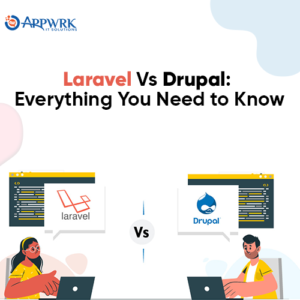





 Free Quote
Free Quote
















































